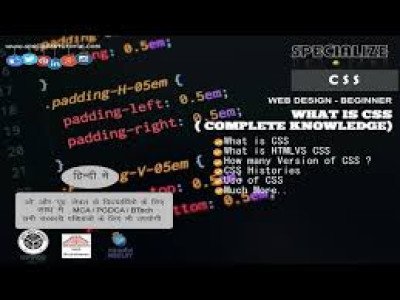Responsive Web Design Advance course
An advanced course in Responsive Web Design (RWD) would delve deeper into the principles and techniques that ensure websites look and function well across a wide range of devices and screen sizes. Here’s a structured outline of what such a course might cove
English
Last updated
Tue, 10-Sep-2024









